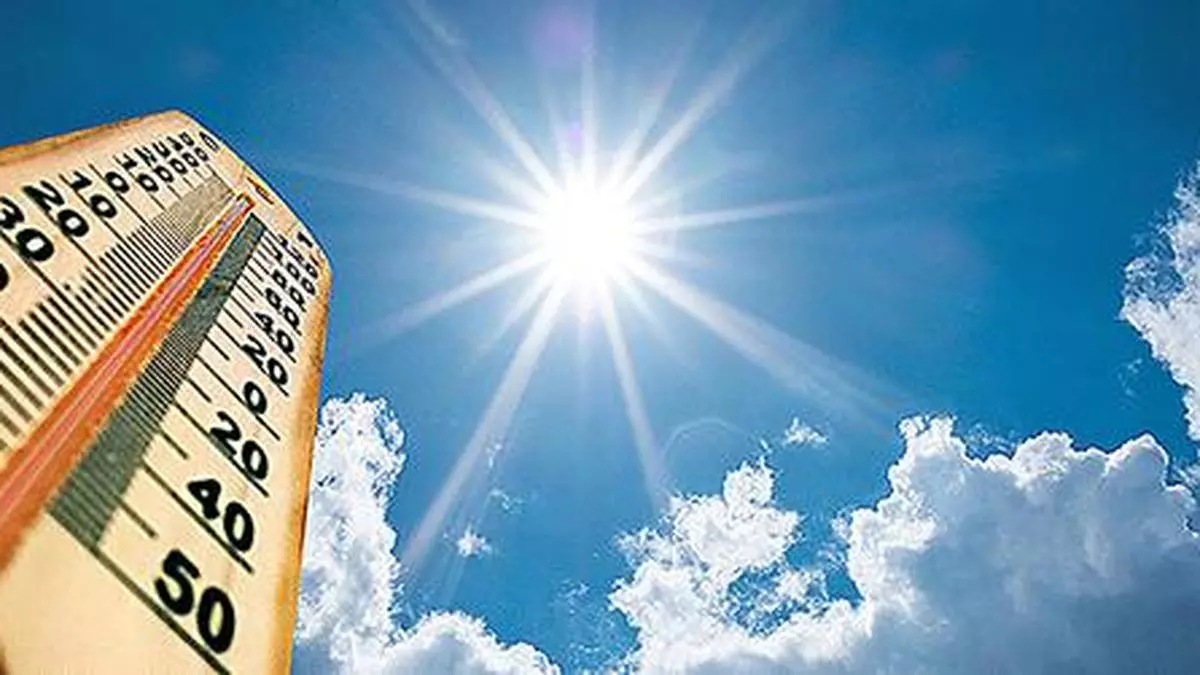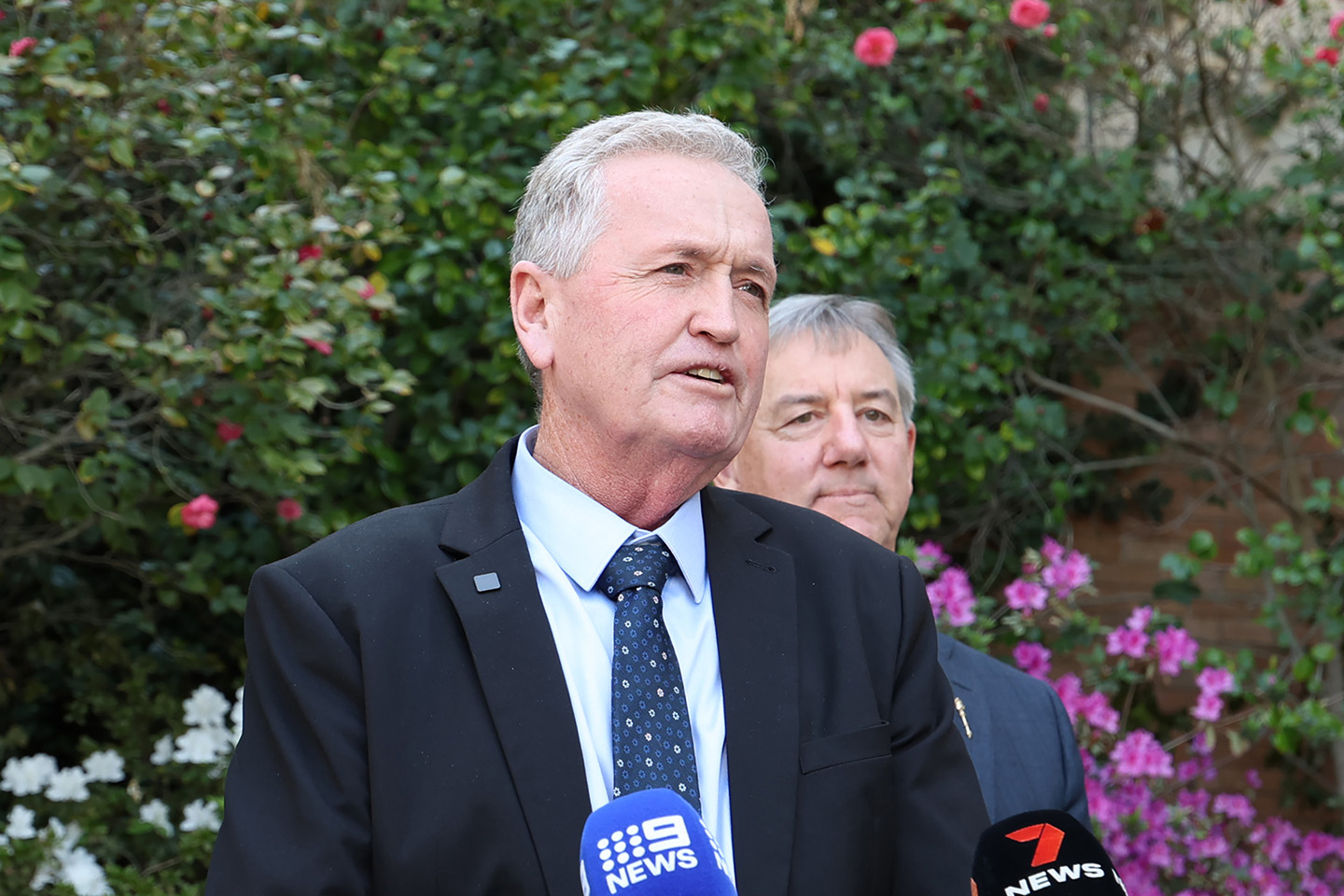Despite the recent challenges and lower-than-expected growth of 5.4 per cent in second quarter of 2025 (Q2FY25), the subsequent four quarters’ growth is expected to remain on an average of over 7 per cent, says the annual outlook of India by Franklin Templeton. India’s domestic growth outlook remains resilient despite recent challenges. The outlook for India says high-frequency indicators suggest that the domestic slowdown has bottomed out in Q2FY25 and recovery signs are evident, driven by festive demand and rural activities.
”In the subsequent four quarters growth is expected to remain on an average above 7.0 per cent, supported by strong domestic demand and prudent government policies,” says the annual outlook.
Aided by the government’s capital expenditure, industrial activities are expected to normalise. The services sector will continue to expand; the recent HSBC PMI data for services expanded to 58.4 in November.
- Also read: Manappuram Finance shares surge after RBI lifts ban on unit
In addition, agricultural growth is likely to improve, supported by healthy kharif production and better rabi sowing. The outlook says that over the past 12 months, domestic headline inflation has mostly stayed within the RBI’s tolerance band, briefly falling below 4.0 per cent in July and August 2024, before rebounding and exceeding 6.0 per cent in October because of high vegetable and food prices.
However, the average month-on-month inflation from December 2023 to November 2024 was around 5.0 per cent. Significant fluctuations in inflation were mainly driven by changes in food and vegetable prices along with varying base effects.
Notable increases were seen in August, September, and October due to unfavourable base effects and positive momentum across all CPI sub-groups. Over the past year, core inflation in India has generally moderated, hitting its lowest levels in over four years.
This decline was primarily due to broad-based moderation across various sub-groups such as clothing and footwear, household goods and services, health, education, and personal care. Additionally, cuts in petrol and diesel prices have contributed to the decrease in the transport and communication costs. However, a rise in mobile tariffs in recent months has added some upward pressure on the core inflation figures. Headline inflation has moderated in most countries through 2024, driven by declines in food, energy, and goods prices. Brazil and India saw significant drops in inflation, though it has recently risen again in both.
In China, inflation remains very low due to subdued food prices. By October, headline inflation had returned to central bank targets in about two-thirds of advanced economies and three-fifths of emerging-market economies. However, core inflation remains higher than desired in many countries, indicating persistent price pressures.
- Also read: Zen Technologies secures patent for tank training simulator system









Leave a Comment